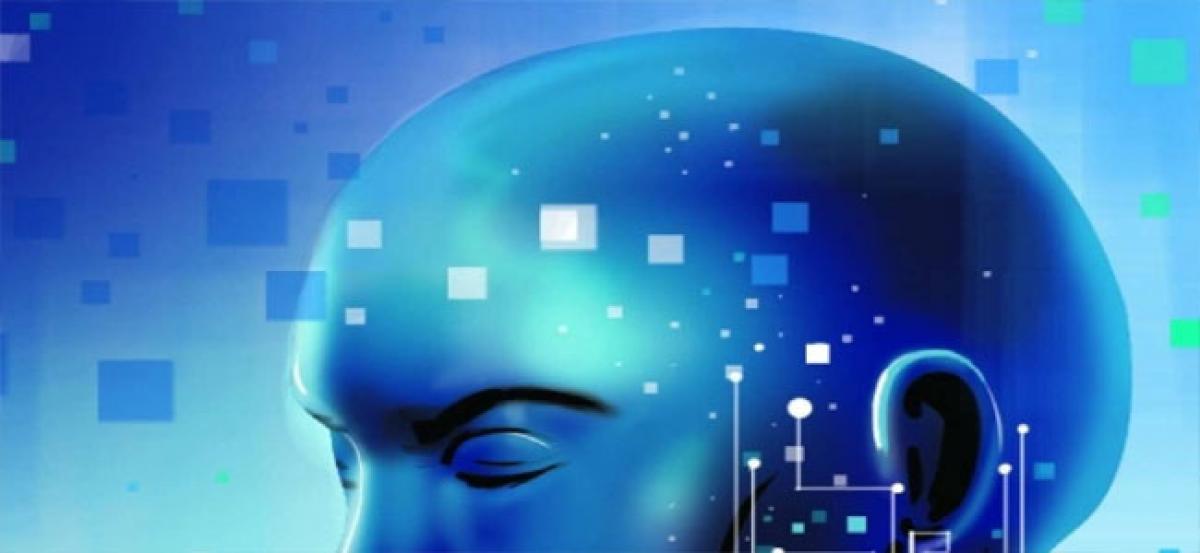Live
- Boat ride resumes in Tatipudi reservoir
- FGG urges CM to restrict Rythu Bharosa to 5 acres
- KTR slams govt for seeking declaration from farmers
- Startups shine at Udyan Utsav with innovations in sustainability, technology
- Samagra Shiksha staff stir rages on
- Midday meal scheme soon in 10 jr colleges in Vizag
- Mock drill held at pharma unit
- 69th Railway Week celebrations held in Sec’bad division
- No need to worry: Centre on new virus
- PCB officials check water flowing in canals
Just In

Using artificial intelligence and machine learning techniques, scientists have developed a computational tool that may speed up treatment of patients with retinal diseases and pneumonia.
Los Angeles: Using artificial intelligence and machine learning techniques, scientists have developed a computational tool that may speed up treatment of patients with retinal diseases and pneumonia.
For the study, published in the journal Cell, researchers reviewed more than 200,000 eye scans conducted with optical coherence tomography, a non-invasive technology that bounces light off the retina to create two- and three-dimensional representations of tissue.
The researchers then employed a technique called transfer learning in which knowledge gained in solving one problem is stored by a computer and applied to different but related problems. They next added occlusion testing in which the computer identifies the areas in each image that are of greatest interest and the basis for its conclusions. "Machine learning is often like a black box where we do not know exactly what is happening," Kang Zhang from the University of California, San Diego in the US.
According to the findings, the machine performed similar to a well-trained ophthalmologist, and could generate a decision on whether or not the patient should be referred for treatment within 30 seconds, with more than 95 per cent accuracy. The researchers also found that the computer was able to differentiate between viral and bacterial pneumonia with greater than 90 per cent accuracy. "The future is more data, more computational power and more experience of the people using this system so that we can provide the best patient care possible, while still being cost-effective," Zhang said.

© 2024 Hyderabad Media House Limited/The Hans India. All rights reserved. Powered by hocalwire.com







